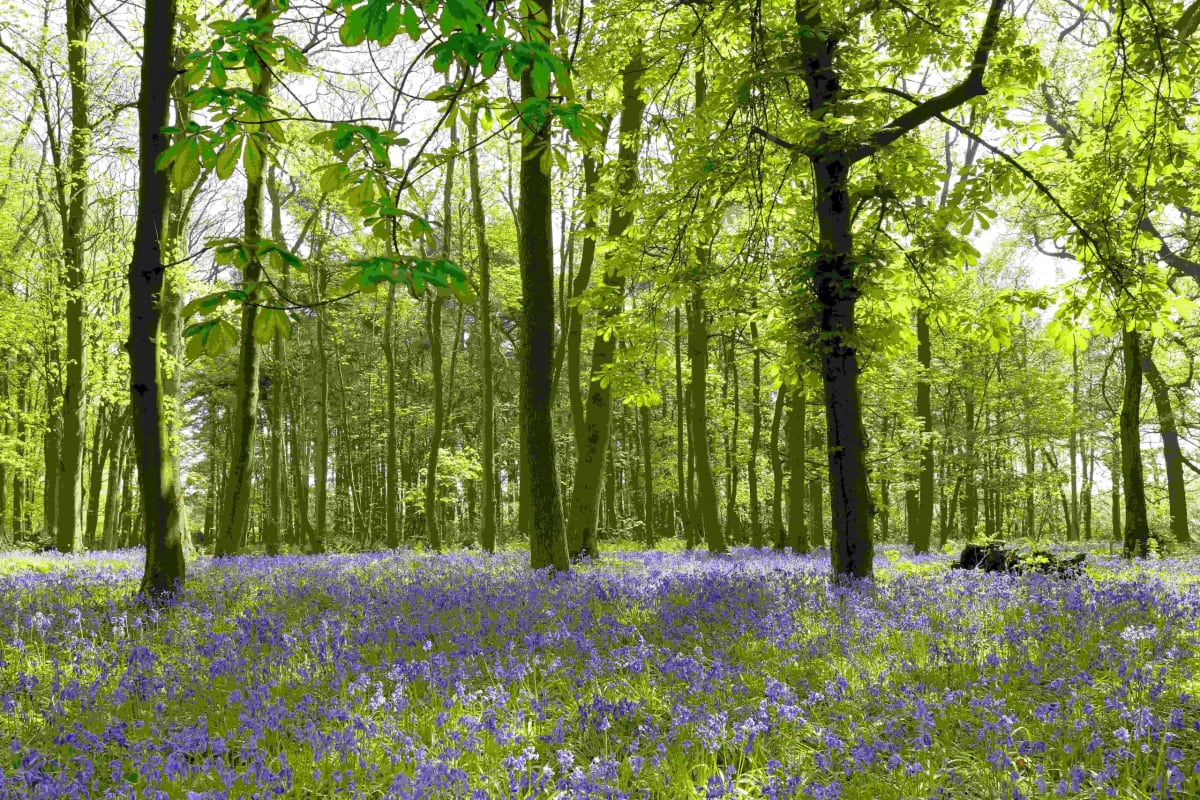
Natural burial is becoming increasingly popular as a means of burial in the UK. Although a relatively recent arrival to the generally orthodox funeral industry, much of the funeral itself will be indistinguishable from a burial in a cemetery – after all the body is still committed to the ground. To find out a little more about natural burial, we caught up with GreenAcres Woodland Burials, who manage five sites in the country.
When you arrange a funeral through Beyond, you can specify your choice of burial ground. The best way to do it is to speak to your chosen funeral director and make your wishes known. You can also specify that you’d like to be buried at a natural burial ground within a funeral plan.
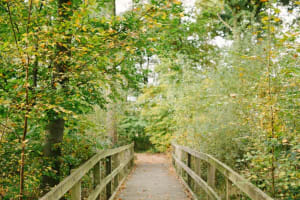
How is natural burial approached at a GreenAcres site?
Our concept of a natural woodland burial is based upon four core tenants. Sustainability, biodiversity, quality of service and customer choice.
All of our natural burials take place in one of five woodland burial parks located around the country. The first was Colney Woodland Burial Park, established back in 1991. This has since been expanded on with sites in Essex, Buckinghamshire, Merseyside and East Hampshire.
Specialised management techniques are used to incorporate the burial process within a long-term plan to restore the woodlands to native broad-leaved species, all buildings on site are constructed from environmentally friendly materials and designed to enhance and complement the landscape in which they’re based. The energy which our sites use comes from biomass and other sustainable sources. We set aside a percentage of all income to maintain the woodlands. We take sustainability very seriously, and the environmental awards which we’ve won are testament to that.
Essentially, we offer a different way to bury the deceased that respects both the environment and the customer’s desire to choose.

What exactly makes natural burial a more eco-conscious choice?
We have some rules with regards to the kinds of coffins we allow to be buried. Zinc-lined and metal coffins are not permitted, and we will often see families opting for coffins made from more easily biodegradable materials, such as wicker, or even not using a coffin at all, with the body wrapped in a simple shroud made from natural material.
We are generally quite tolerant of families’ practices. We do allow the burial of embalmed bodies, which other natural burial grounds have been known to take umbrage with. With that said, we will always try to encourage families to do what they can to lessen the environmental impact of the funeral service.
Burial preserves land by protecting it from development, which means that wildlife can once again flourish in the sites.
How do you assist families in arranging a funeral for their loved ones?
Each of the GreenAcres parks’ staff will work closely with funeral directors and the bereaved families to ensure that the final goodbye is exactly as the deceased would have wanted. We welcome people of all beliefs and denominations, and hold both religious and secular funerals. We offer marked burial plots, and most of our graves are double depth, which means that a second person can be laid to rest in the same grave in the future. Not all natural burial grounds will do this.
Are you seeing an increase in demand for natural burials?
Absolutely, there is growing demand for use of our sites, and this appears to be reflected across the industry.
Why do you believe they’re increasing in popularity?
It’s a mix of practical considerations and cultural shifts. One of the biggest considerations is a nationwide shortage of burial space in traditional cemeteries. Not only has this driven prices up, it’s made traditional cemeteries a less appealing place to be buried; they’re noisier and less personal. There’s also been a move towards greater personalisation of burial services, with people looking for something more personal. This is linked to the greater choice that we see in funerals these days compared with the past.
Finally, there is much more awareness of environmental issues among the general population today, with more beginning to consider the impact of their every action, including death, on the environment around them.
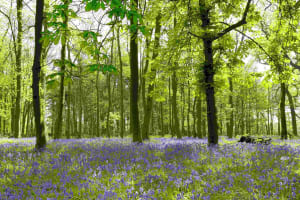
Are your sites open for purposes other than burial?
Yes, our natural settings breathe serenity and are the perfect place for a private celebration of life. Whether it’s for a memorial service, the burial of a loved one or their ashes, a wedding, a baby naming ceremony, venue hire or for any other reason; friends, family and colleagues can come together in a tranquil and beautiful setting to celebrate, commemorate, and honour those key moments in life’s journey in order to remember incredible memories, and to create joyous new ones. We hold over 220 acres of beautiful British woodland, just get in touch to arrange a visit!

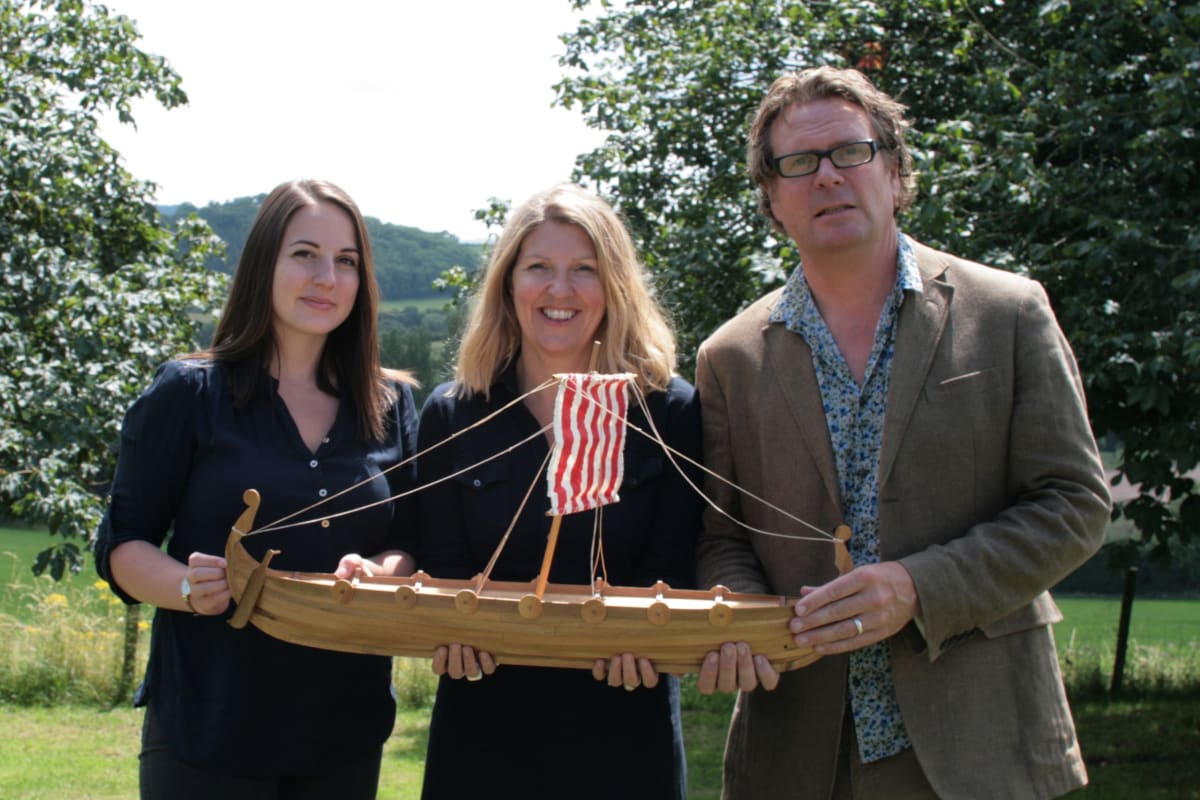
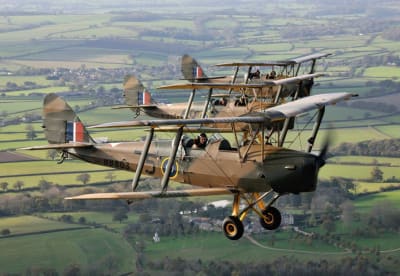
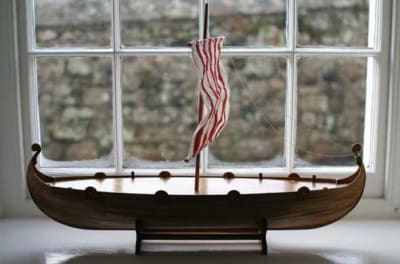
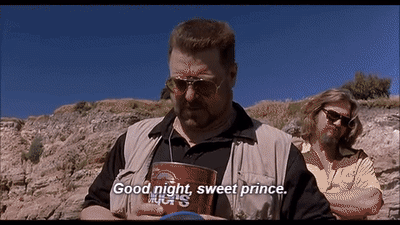
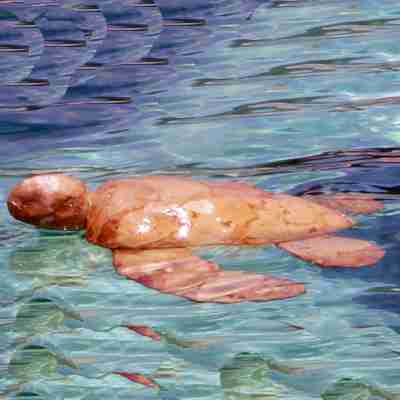
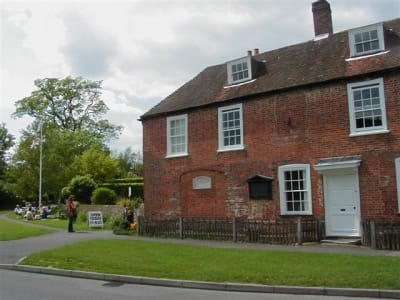

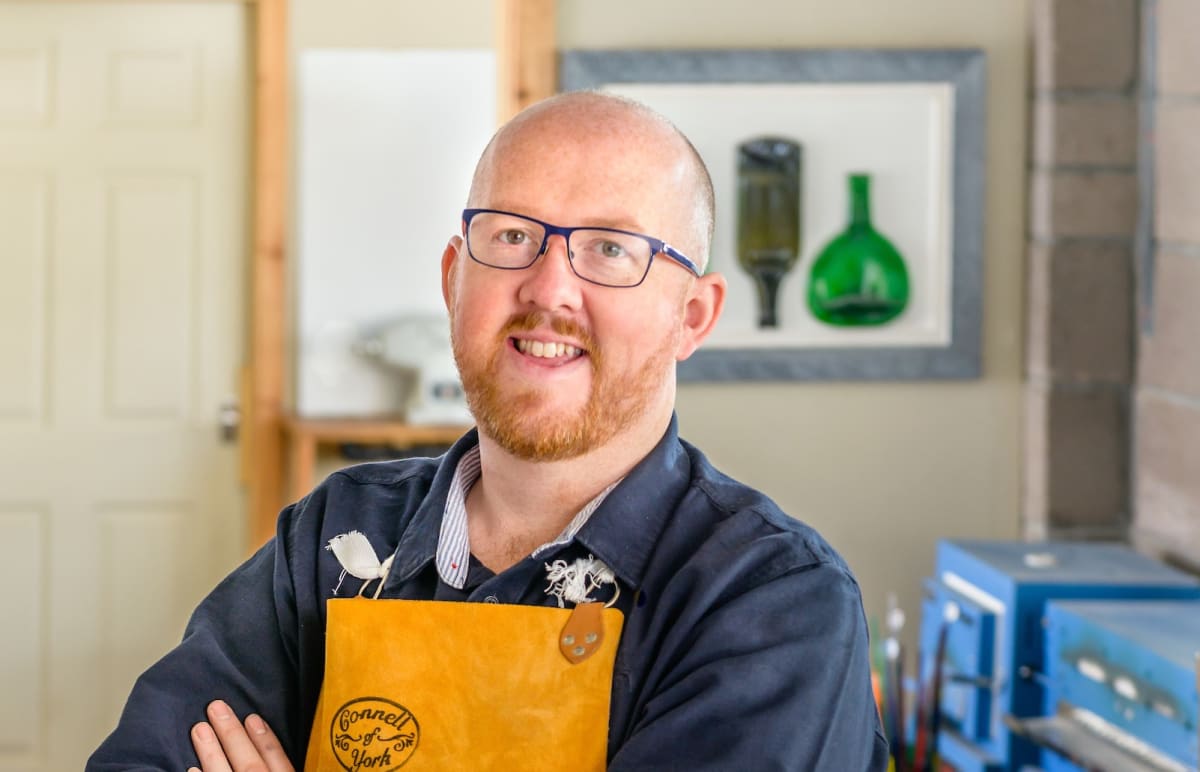


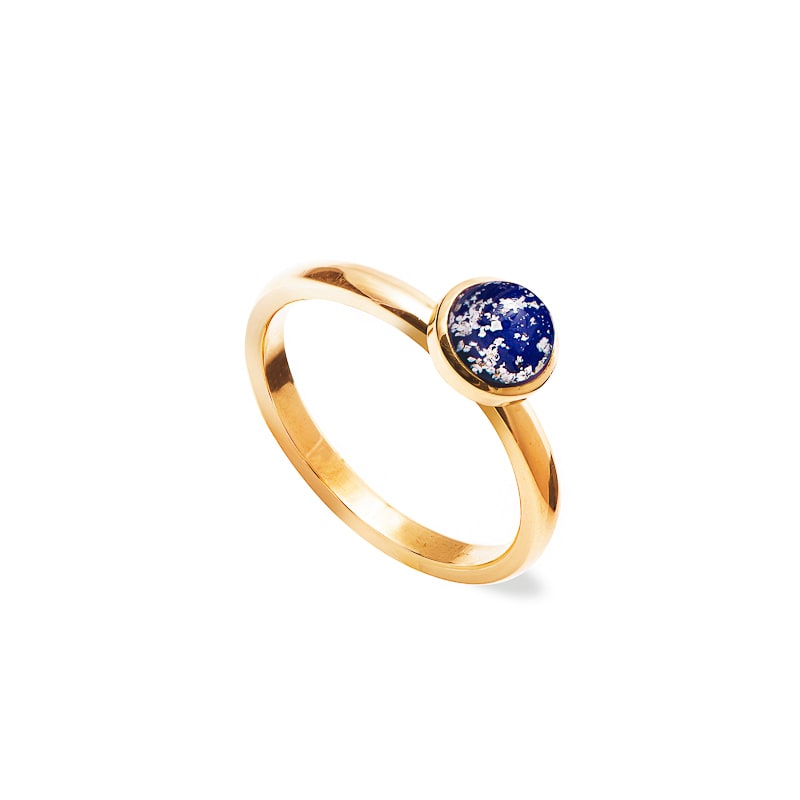
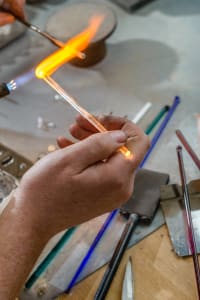
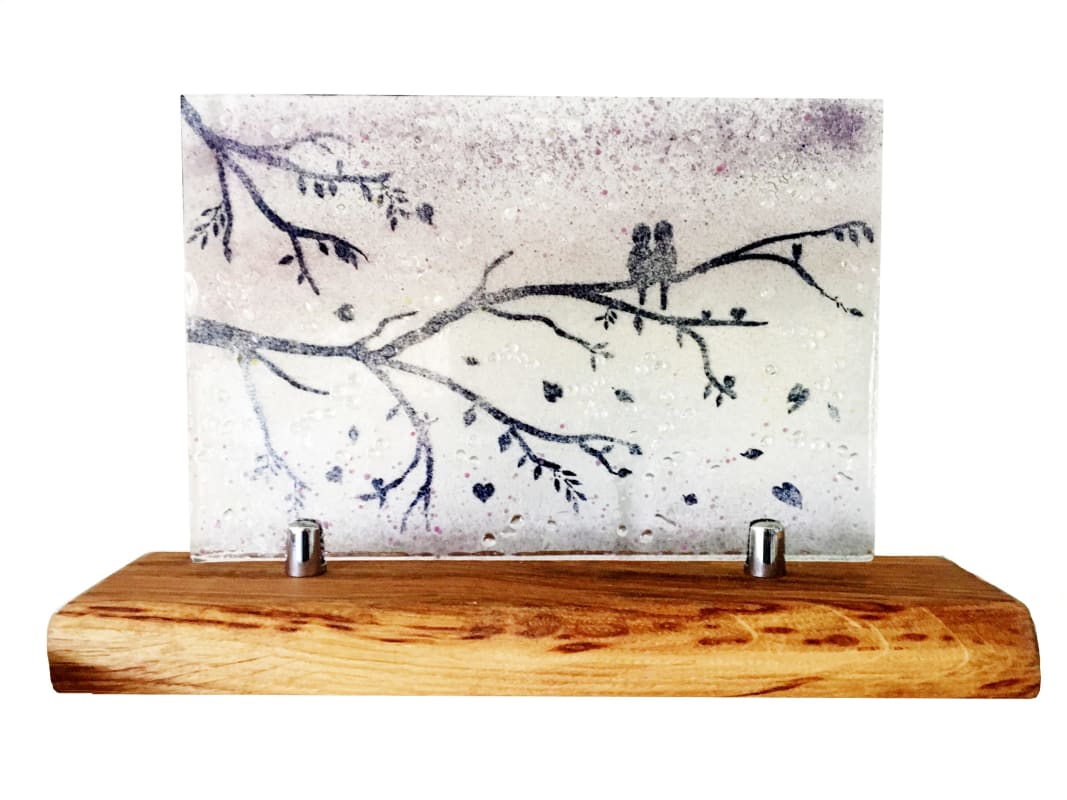
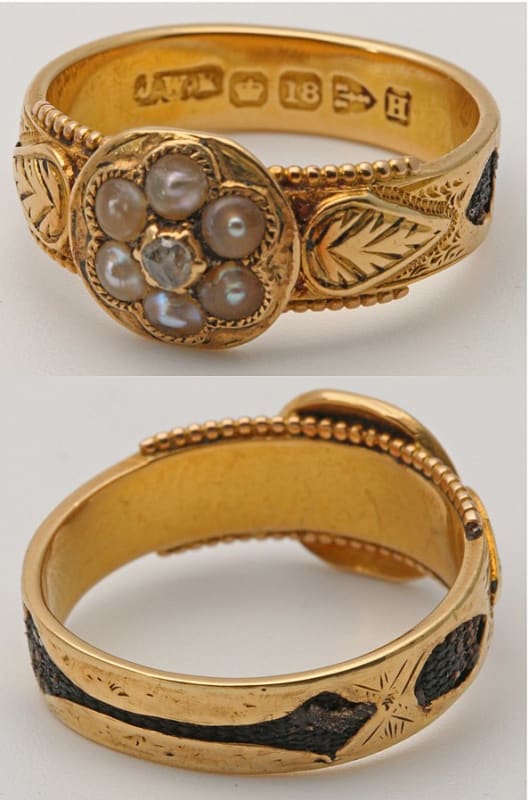
Hi I would like to know where you are in East Hampshire I have two reletives already in their casket whom I would like to bring back to Hampshire would you be willing for me to place them at your facility
Hi Anita,
The park in Hampshire is GreenAcres Heatherley Wood. It’s in Gray Shott.